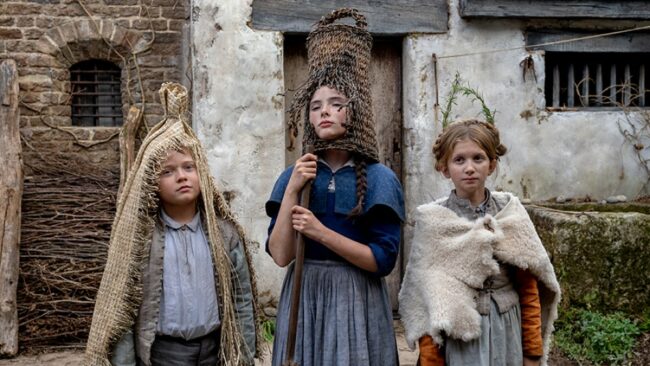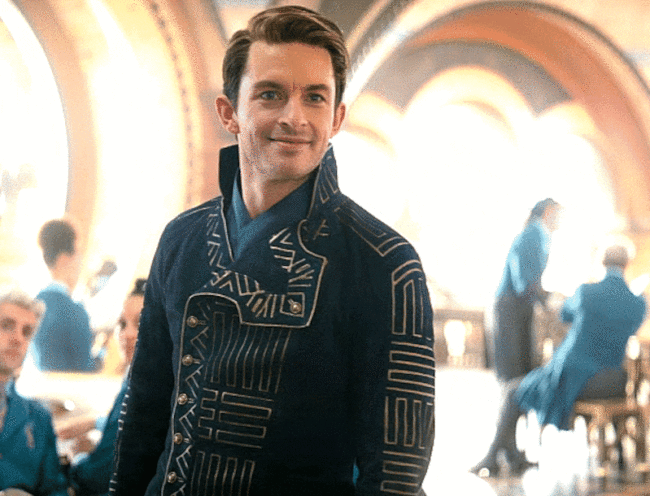Best Films of 2025
… Leonardo DiCaprio is my favorite movie of the year. Anchored … chase. This film is Anderson’s most exciting movie since Boogie … Feature at the 2025 deadCenter Film Festival this summer. Since … supporting cast.
F1: The Movie. Oscar winning superstar Brad Pitt …










